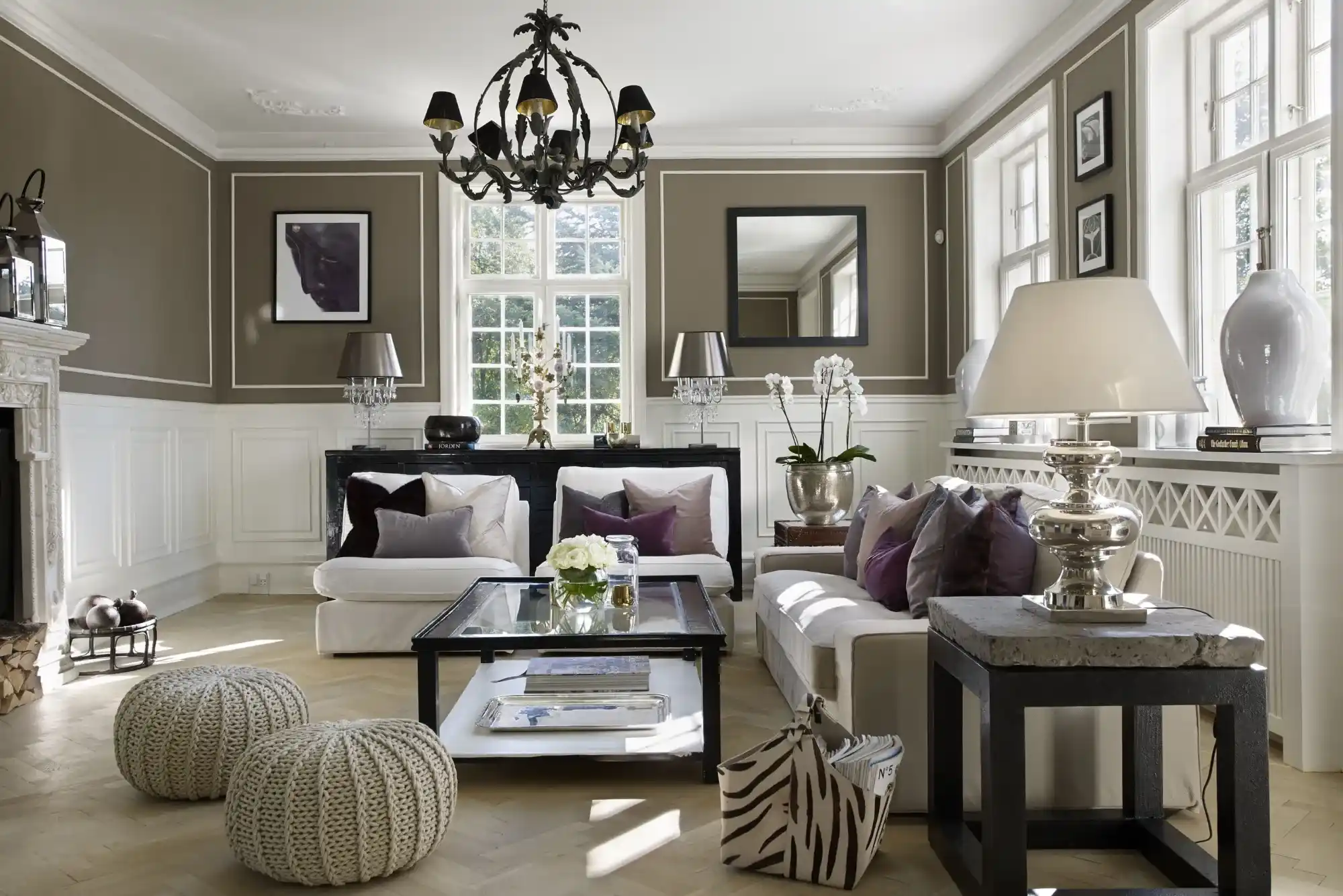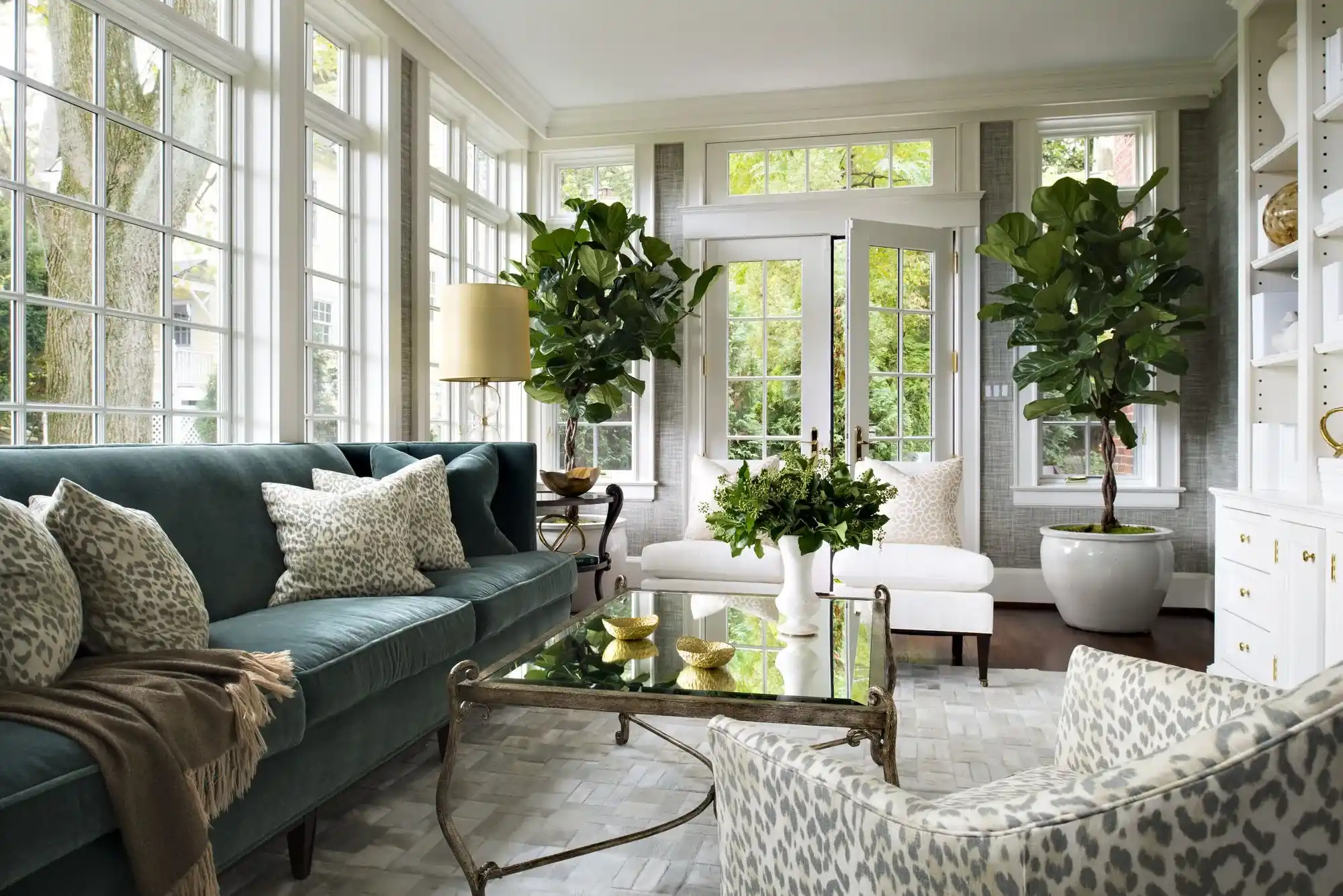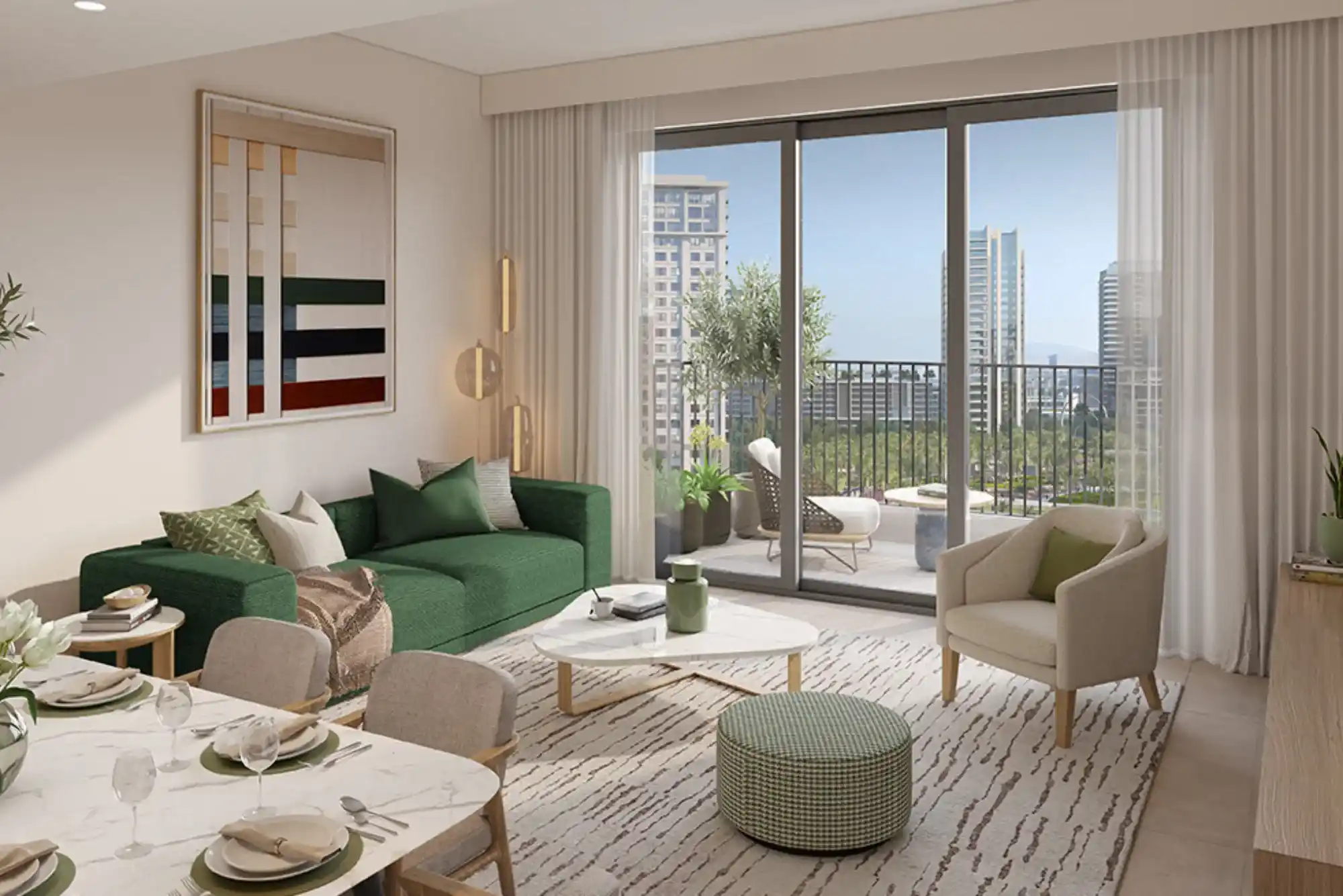When it comes to creating a comfortable and inviting home, home interiors decor plays a significant role in reflecting your personal style and ensuring a cozy living environment. Whether you are moving into a new house or refreshing your current space, choosing the right decor elements can drastically enhance the ambiance of your home. This article will explore various aspects of home interiors decor, from furniture choices to color schemes, lighting, and more, providing you with detailed insights on how to create a living space that is not only beautiful but also functional.
Understanding the Importance of Home Interiors Decor
The design and decor of your home directly impact your lifestyle and well-being. A well-decorated home offers more than just aesthetic appeal; it fosters a sense of comfort, warmth, and balance. When choosing your home interiors decor, it’s crucial to focus on creating a harmonious balance between functionality and style.
Decor elements such as furniture, wall art, textiles, and accessories come together to shape your home’s identity. Each piece should not only fit the theme but also add value by serving a practical purpose. Whether you are aiming for a modern, minimalist look or a classic, traditional design, your choices should resonate with your personal taste.
Choosing the Right Furniture

Furniture is the cornerstone of any interior decor scheme. From sofas and chairs to dining tables and cabinets, each piece should complement the overall theme of your home. When selecting furniture, consider both aesthetics and practicality.
For modern designs, clean lines and neutral colors often dominate the scene. Contemporary pieces typically feature minimal embellishments, focusing on functionality and simplicity. On the other hand, if you prefer a more traditional look, wooden furniture with intricate detailing can add a rich, timeless appeal.
Key tips for selecting furniture
- Ensure that the scale of the furniture fits the room size.
- Prioritize comfort, especially for pieces like sofas and chairs.
- Opt for versatile pieces like modular furniture or extendable tables for flexibility.
Selecting Color Schemes and Textures
Color has the power to set the mood of a room. When designing your home interiors decor, it’s important to select colors that not only appeal to your aesthetic sense but also evoke the right emotions. For instance, warm tones such as beige, taupe, and terracotta can create a cozy atmosphere, while cooler shades like blues and greens can promote calm and relaxation.
In addition to color, textures add depth to your interiors. Layering different textures, such as smooth leather, soft fabrics, and rough wood, can make a room feel more dynamic. For a well-rounded decor, balance is key—too much texture can overwhelm, while too little can leave a room feeling flat.
Top color schemes to consider
- Neutral tones with a pop of bold color.
- Monochromatic palettes for a sleek, modern look.
- Earthy tones for a natural, organic vibe.
Lighting: A Key Element in Home Interiors Decor
Lighting plays an essential role in any home interiors decor plan. Proper lighting can enhance the beauty of your furniture, art, and color scheme, while poor lighting can make even the best-designed room look drab.
There are three main types of lighting to consider:
- Ambient lighting: Provides overall illumination, typically through ceiling lights or floor lamps.
- Task lighting: Focused lighting used for specific activities such as reading, cooking, or working.
- Accent lighting: Used to highlight specific decor elements like artwork, architectural features, or plants.
To create a balanced lighting design, consider incorporating a combination of all three types. Dimmer switches can also offer flexibility, allowing you to adjust the mood of a room based on the time of day or activity.
Wall Art and Accessories
Decorating your walls is a great way to express your personality and tie together the design elements of your home. From framed art and photographs to decorative mirrors and tapestries, wall decor can serve as both a focal point and a subtle accent. When choosing wall art, consider the following:
- Scale: Larger pieces can create a bold statement, while smaller items are great for adding detail to the room.
- Style: Whether you prefer abstract, contemporary pieces or classic paintings, make sure your choice reflects your decor theme.
- Placement: The height and position of the wall decor are crucial. Hanging art at eye level ensures it’s easily appreciated without overwhelming the space.
Accessories like throw pillows, vases, and candles further enhance the aesthetic of your interiors. They are also easy to switch out, allowing you to refresh your decor seasonally or as your style evolves.
Textiles and Rugs
Textiles, such as curtains, throw blankets, and cushions, are key to creating a cozy and inviting home. Fabrics with different textures can add warmth and personality to a room. For example, thick, plush materials like velvet or wool can make a space feel warm and intimate, while light linens or cotton are great for creating an airy, relaxed vibe.
Rugs, in particular, play a major role in defining areas within a room. For open-plan spaces, they help separate the living area from the dining or office area. Rugs also add texture, color, and comfort underfoot.
Tips for choosing textiles and rugs
- Use patterns to add visual interest without overwhelming the space.
- Layer different materials to add depth.
- Select a rug size that complements the layout of the room.
Incorporating Plants into Your Decor
Plants are a fantastic way to bring life and freshness into your home. Not only do they purify the air, but they also provide a sense of tranquility and natural beauty. Whether you choose large indoor trees or small potted plants, incorporating greenery can make your home feel more vibrant and welcoming.
Types of plants to consider
- Low-maintenance plants: Perfect for those without a green thumb, plants like succulents and snake plants require little care but still add beauty.
- Air-purifying plants: Plants like peace lilies and spider plants help to filter indoor air.
- Statement plants: Large plants like fiddle leaf figs can serve as focal points in your decor.
Personal Touches: Displaying Collectibles and Memories
Finally, your home should be a reflection of your personal story. Displaying collectibles, souvenirs, family photographs, or artwork created by loved ones can give your space a unique touch. These personal items make your home feel truly yours and create conversation pieces for guests.
To avoid clutter, use shelving units or gallery walls to display your most treasured items. Rotate displays over time to keep things fresh and ensure that your favorite memories always have a place in your home.
Sustainability in Home Interiors Decor

In today’s world, incorporating sustainability into your home interiors decor is becoming increasingly popular. Opting for eco-friendly materials such as reclaimed wood, recycled metals, and organic textiles not only contributes to environmental preservation but also adds character to your home. Additionally, choosing energy-efficient lighting and appliances can reduce your carbon footprint while saving you money on energy bills.
Sustainable decor ideas
- Use reclaimed or upcycled furniture.
- Choose energy-efficient lighting options like LED bulbs.
- Incorporate natural materials like bamboo or hemp in your decor.
Creating the perfect home interiors decor is a personal journey that involves blending style, comfort, and functionality. By carefully choosing your furniture, colors, lighting, and accessories, you can transform your living space into a haven that reflects your taste and lifestyle. Remember, your home should not only look beautiful but also be a place where you feel truly comfortable and at peace.







